Britain's rarest plant is set to go on public display at Kew Gardens
Those wishing to enjoy what might be a once-in-a-lifetime chance to see flowers such as the lady’s slipper orchid should probably start planning now.

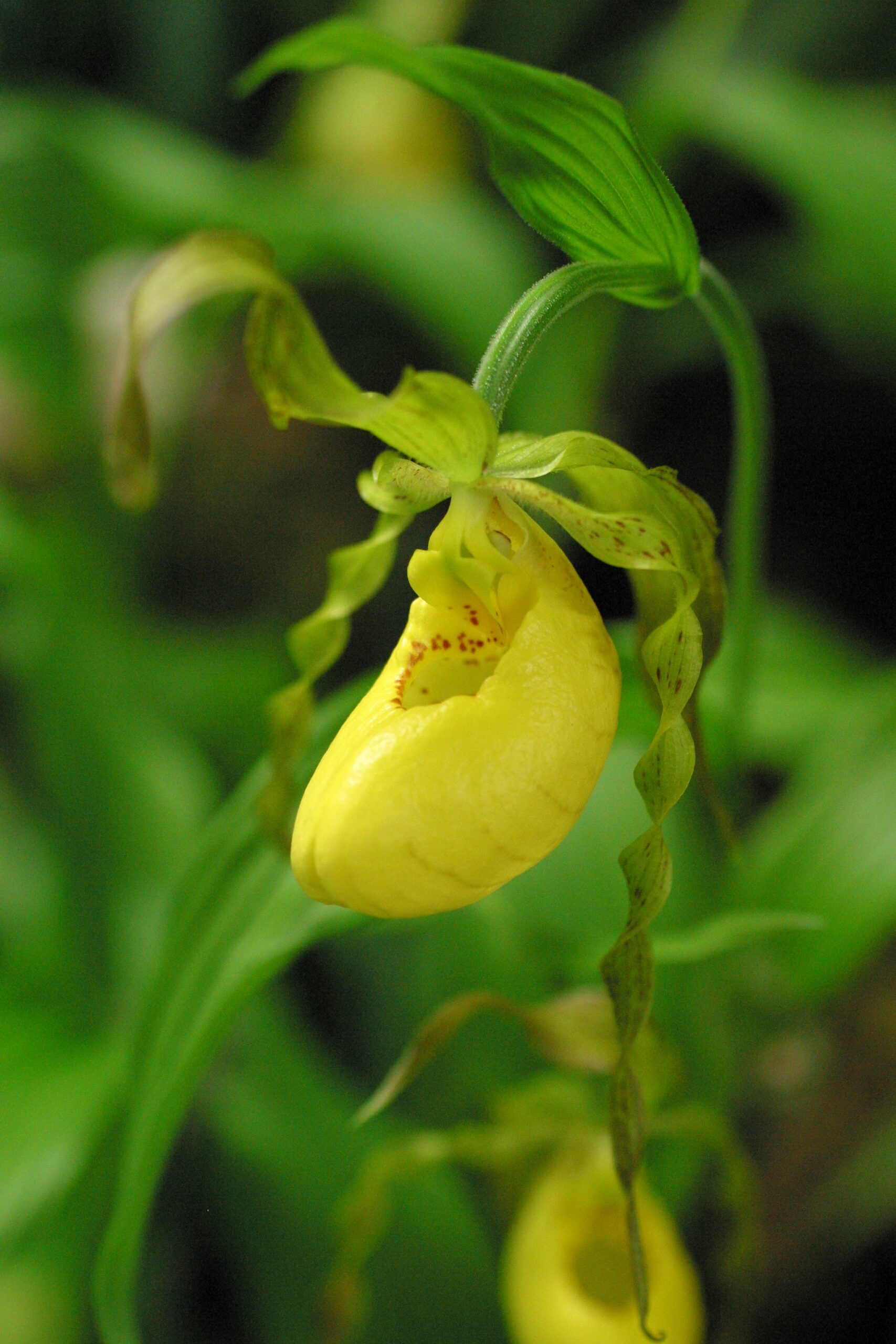
Some 20 plants you may not have seen before — all of which are classified as Extinct in the Wild, Critically Endangered, Endangered or Vulnerable — will make a rare appearance at the Royal Botanic Gardens, Kew, London TW9, next month. These include ‘Britain’s rarest wildflower’, lady’s slipper orchid, which fell victim to ‘orchidelirium’, the widespread Victorian fever for orchids that even led to collectors’ deaths on expeditions.
There will also be a chance to see one-time Cape Town resident Erica verticillata, with its pink tubular flowers, now extinct in the wild; and red angel's trumpet (or Brugmansia sanguinea), a plant used by South American shamans for its psychoactive properties.
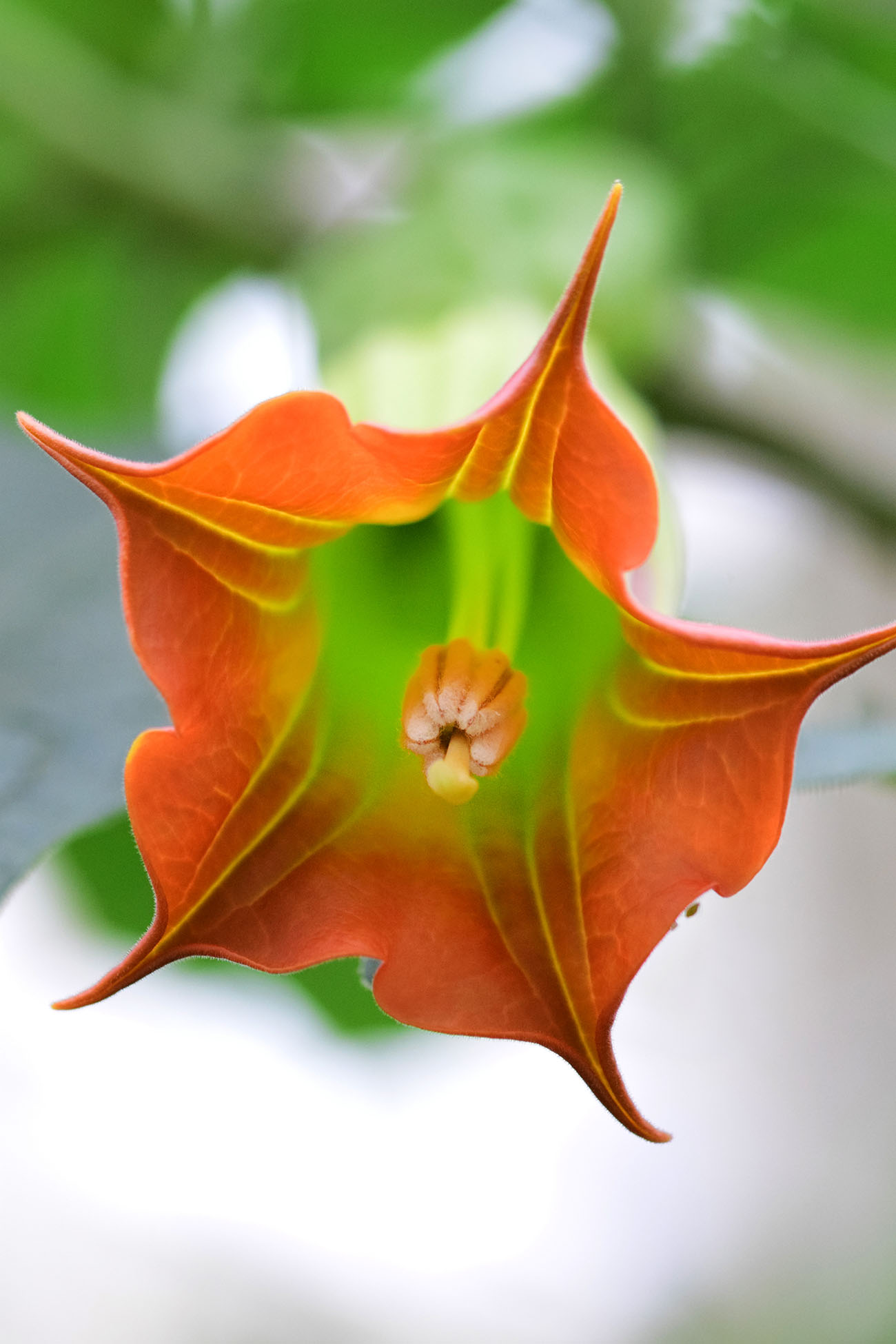
‘The quest to care for and propagate these rare plants is a vocation and this exhibition will be a celebration of the work of our dedicated horticulturists who care for these specimens,’ says a spokesperson.
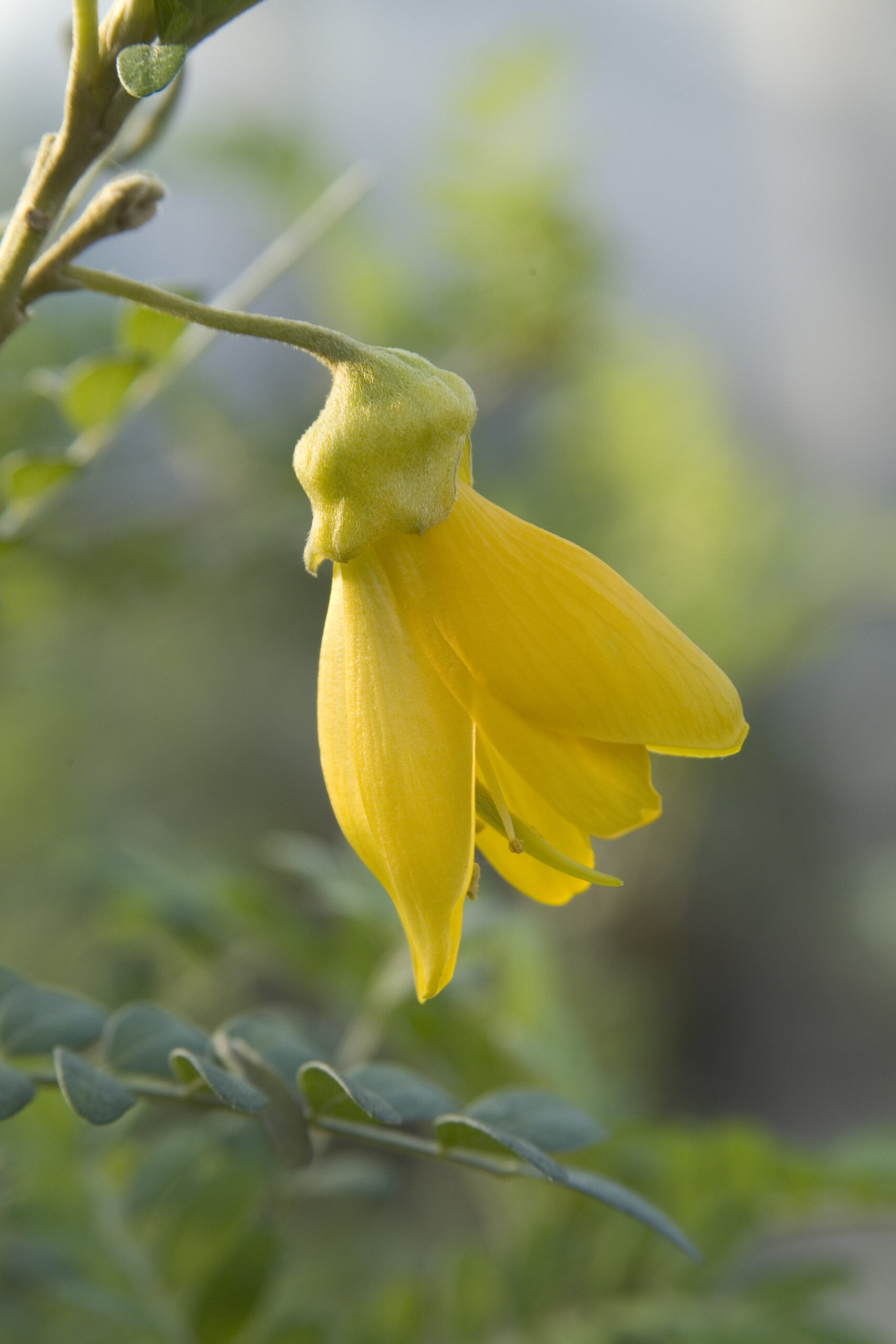
Visitors to the Rooms of Rarity and Extinction in the Temperate House will be able to learn how Kew’s experts care for plants — usually far away from the public eye in the Tropical Nursery — that are red-listed by the International Union for Conservation of Nature, in the hopes of halting biodiversity loss.
Each will be displayed alongside artefacts from the Herbarium, Economic Botany Collection and archives.
‘Rare and Extinct’ runs from October 19–November 17. See kew.org/kew-gardens/whats-on/rare-and-extinct for more details.
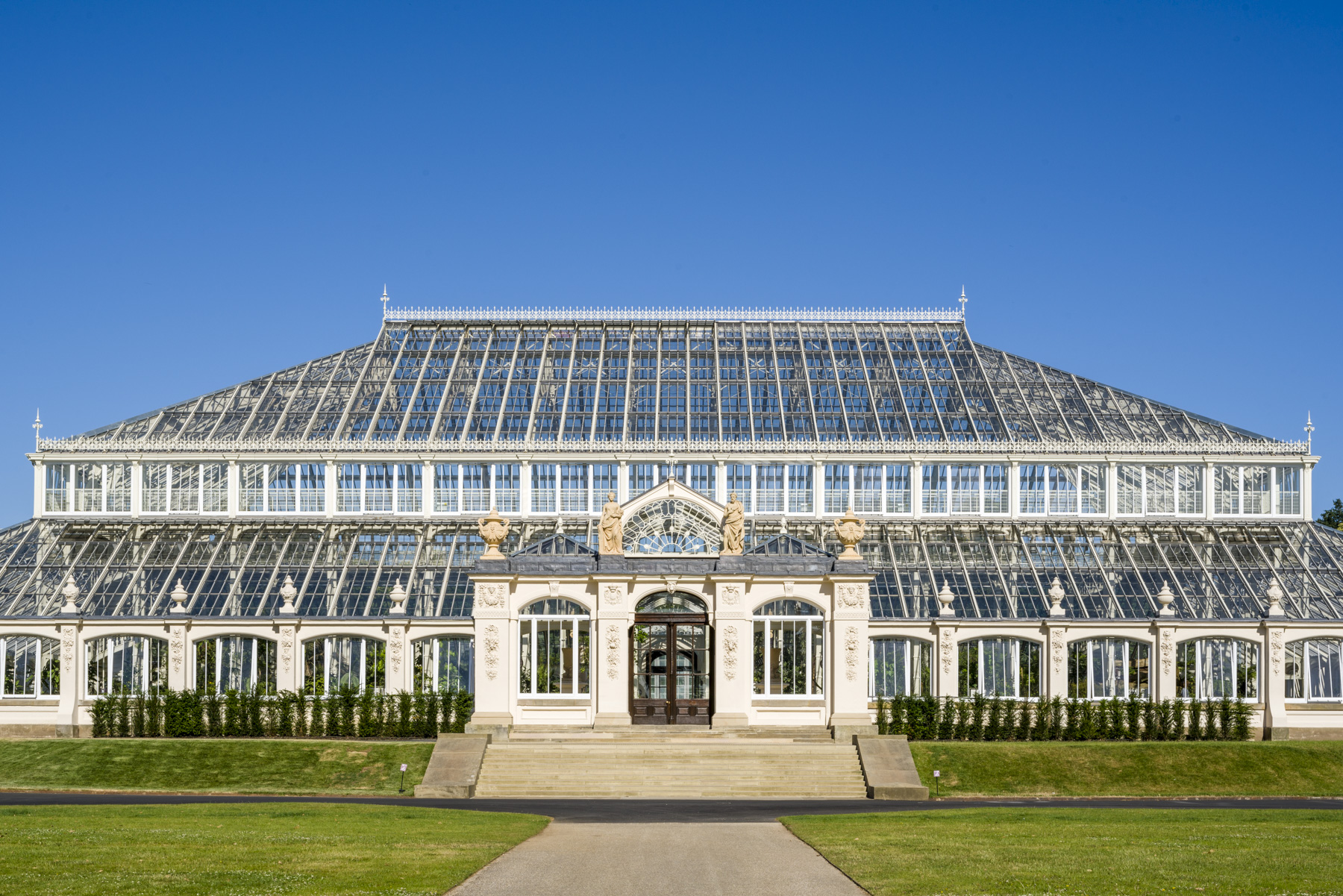
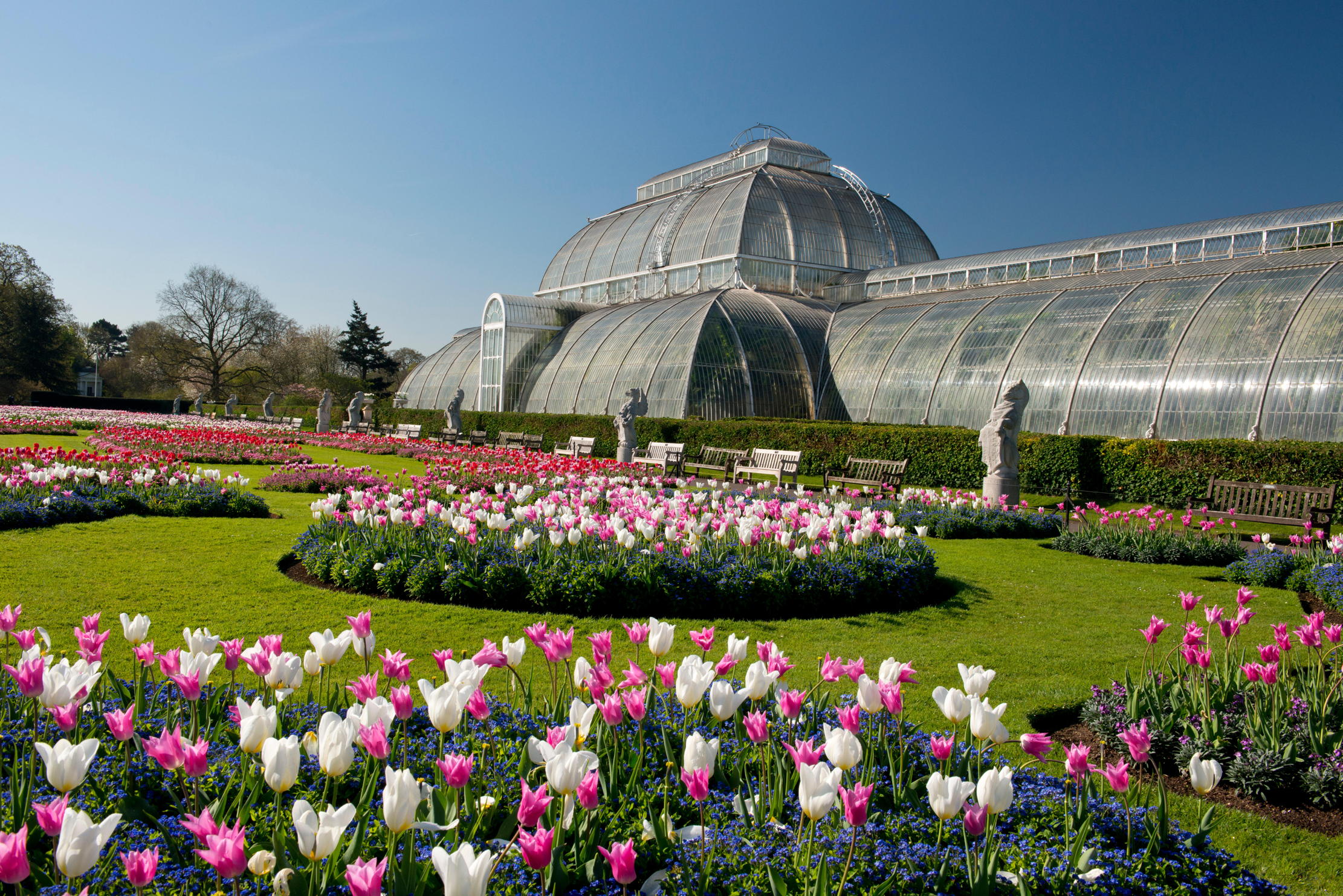
The Legacy: Sir Joseph Banks, the naturalist who created Kew
The Lincolnshire landowner who was described by David Attenborough as a 'passionate naturalist' and 'the great panjandrum of British science'.
Exquisite houses, the beauty of Nature, and how to get the most from your life, straight to your inbox.
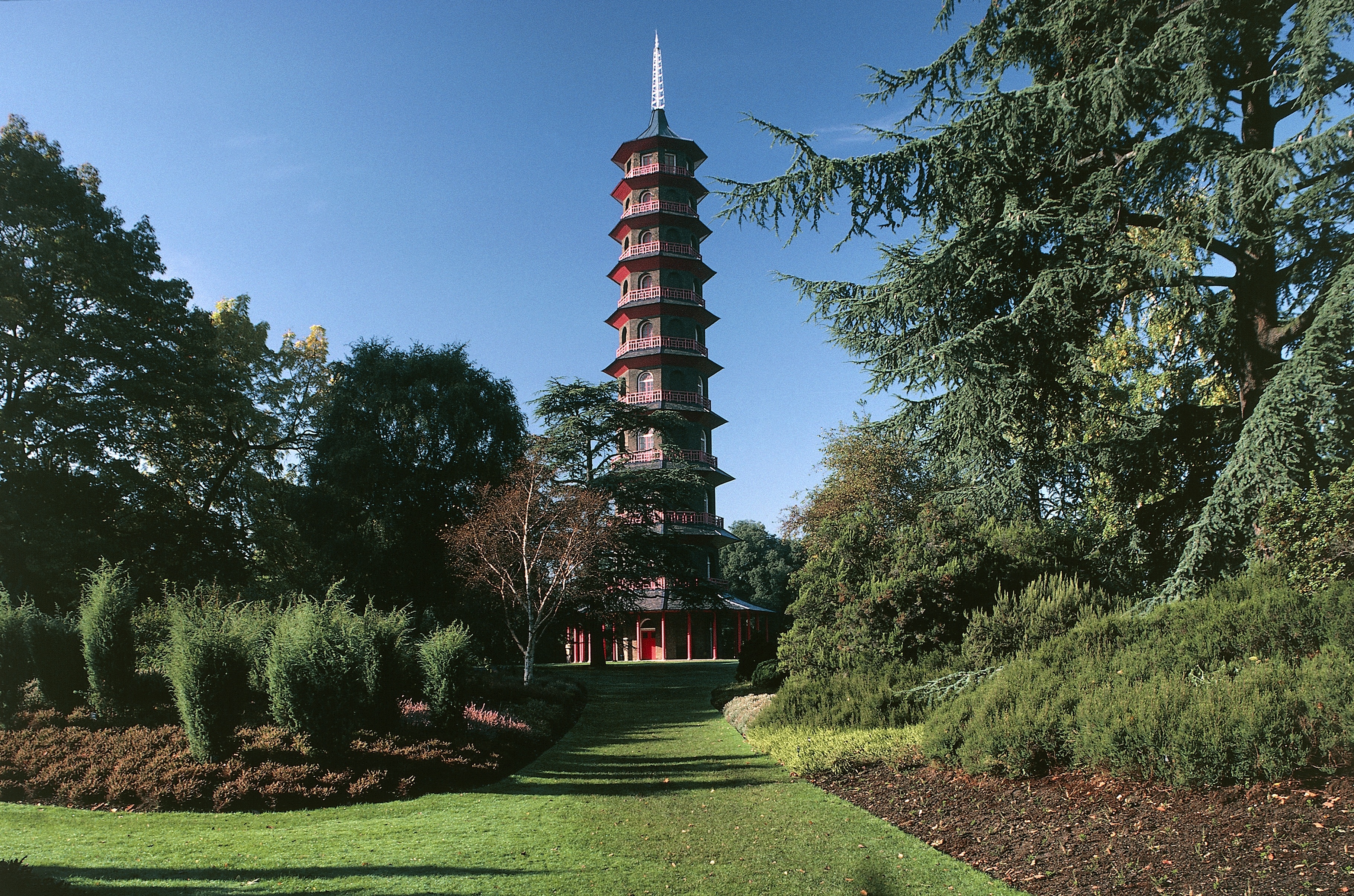
Curious Questions: Why does Kew Gardens have a giant pagoda?
The Pagoda at Kew Gardens, designed by Sir William Chambers, is one of the most famous, yet most incongruous landmarks
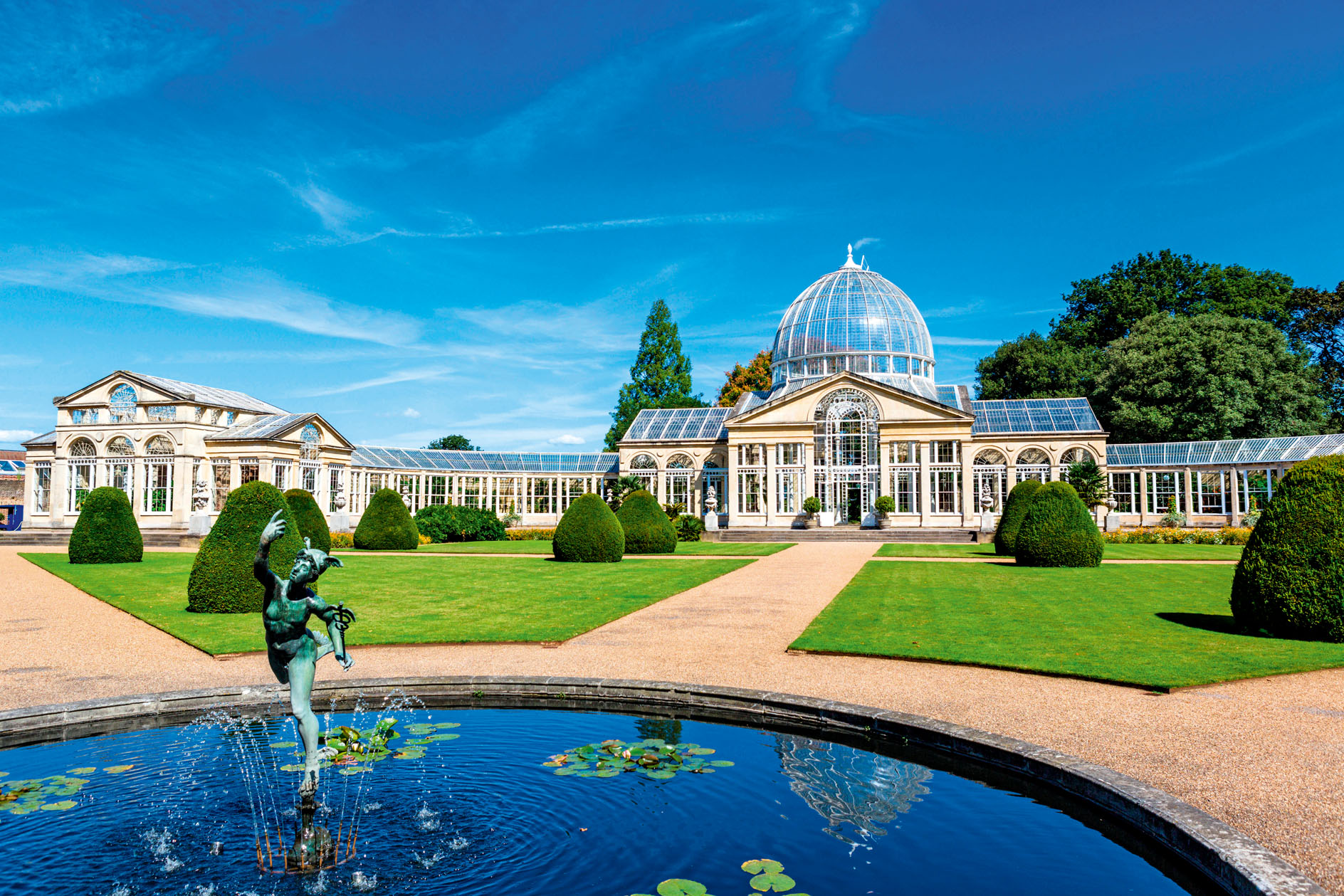
Best walks in London, from Kew Gardens and Eltham Palace to Lesnes Abbey and the 'Cathedral of Sewage’
Our capital city is more inviting for walkers than you might expect, with meadows, towpaths, unexpected sculpture and great houses
Annunciata is director of contemporary art gallery TIN MAN ART and an award-winning journalist specialising in art, culture and property. Previously, she was Country Life’s News & Property Editor. Before that, she worked at The Sunday Times Travel Magazine, researched for a historical biographer and co-founded a literary, art and music festival in Oxfordshire. Lancashire-born, she lives in Hampshire with a husband, two daughters and a mischievous pug.
